Contrast Enhancement Of Color Images Based On FPGA ARTY 7
₹22,000.00
In this project we are going to implement image contrast enhancement using arty 7 fpga board,in this project we are using rgb to hsv algorithm to increase the contrast of the color images,we can compare the two different contrast images.
Package Includes:
-
arty7 project board with complete hardware
-
Demo Video
-
Abstract
-
Reference Paper
-
source code
-
!!! Online Support !!!
100 in stock
Description
ABSTRACT
This paper proposes a new method for enhancing the contrast of color images based on Wavelet Transform and human visual system. The RGB (red, green, and blue) values of each pixel in a color image are converted to HSV (hue, saturation and value) values. To the V (luminance value) components of the color image, Wavelet Transform is applied so that the V components are decomposed into the approximate components and detail components. The obtained coefficients of the approximate components are converted by a grey-level contrast enhancement technique based on human visual system. Then, inverse Wavelet transform is performed for the converted coefficients so that the enhanced V values are obtained. The S components are enhanced by histogram equalization. The H components are not changed, because changes in the H components could degrade the color balance between the HSV components. The enhanced S and V together with H are converted back to RGB values. The effectiveness of the proposed method is demonstrated experimentally.
Tools Required
software:
- VIVADO 2018.2
- MATLAB
- LanguageS: VHDL AND ‘C’
Hardware:
Introduction:
Image enhancement is a technology to improve the quality of an image in terms of visual perception of human beings. With the growing quality in image acquisition, image enhancement technologies are more and more needed for many applications. Images are categorized into grey-level images and color images. Each pixel of the grey-level image has only one grey-level value as opposed to color images’ pixels; therefore, there have been many algorithms for contrast enhancement for grey-level images. The main techniques for image enhancement such as contrast stretching, slicing, histogram equalization, for grey-level images are discussed in many articles and books. On the other hand, since each pixel of color images consists of color information as well as grey-level information, these typical techniques for grey-level images cannot be applied to color images. Thus, compared with grey-level images, the enhancement of color images is more difficult, and there are much more points to be researched. Some color enhancement methods were proposed. Based on histogram equalization, as the well-known contrast enhancement methods, Buzuloiu et al.[1] proposed an adaptive neighbourhood histogram equalization method, and Trahanias et al.[2] proposed a 3D histogram equalization method in RGB cube. Thomas et al. [3] proposed an enhancement method by considering the correlation between the luminance and saturation components of the image locally. A method for enhancing the color contrast in xy-chromaticity diagram was proposed by Lucchese et al. [5]. Shyu et al. [6] suggested a genetic algorithm approach in which the enhancement problem is formulated as an optimization problem. In recent years, multi-scale technologies have been widely used in image processing. For example, Toet [7] proposed a schema by representing the original luminance and saturation components of a color image at multiple spatial scales. Lu [8] proposed a contrast enhancement method based on multi-scale gradient transformation. Brown [9] proposed an adaptive strategy for wavelet based image enhancement. The multi-scale methods mainly enhance the edge information of the image. The related research mentioned above is useful for color image enhancement. However, color shifting problem is hardly considered. A color enhancement method should not convert, for example, a red color to a yellow color. Even if in some special cases such a conversion is needed, the color shifting should also be controlled. It is the hue component that indicates the color. Therefore, it is critical to consider hue in color enhancement method.
Algorithm:
RGB TO HSV:
In this algorithm, we apply our enhancement method in HSV color space. In general, color images are represented by RGB color space. Therefore the first step is to convert RGB color space to HSV color space. RGB Color Space and HSV Color Space The conversion algorithm is shown in MAX is the maximal value in R, G, B of all the pixels in the image, and MIN is the minimal one. (1) After performing the enhancement in HSV color space, we need to convert back to RGB color space to save and/or display the processing result.
HSV TO RGB:
Once we calculate the HSV values we multiplay the different gamma values with ‘V’ and again converting into the RGB matrices and we can get the final output of the contrast enhancement with different contrast we can get.
Experimental Result :
To test the performance of our method, we apply our method to a two contrast color image compare the results with histogram equalization in RGB color space. In figure shows the experimental result of the different contrast image.in this figure we can see the original image, result obtained by the histogram equalization in RGB color space with two contrast images is the result obtained by our proposed method., the result of histogram equalization in RGB and the result of our proposed method, respectively
Conclusion:
This paper has proposed a color contrast enhancement method that uses a luminance component enhancement based on RGB TO HSV transform and hsv TO RGB transform with different contrast images.
Additional information
| Weight | 1.000000 kg |
|---|

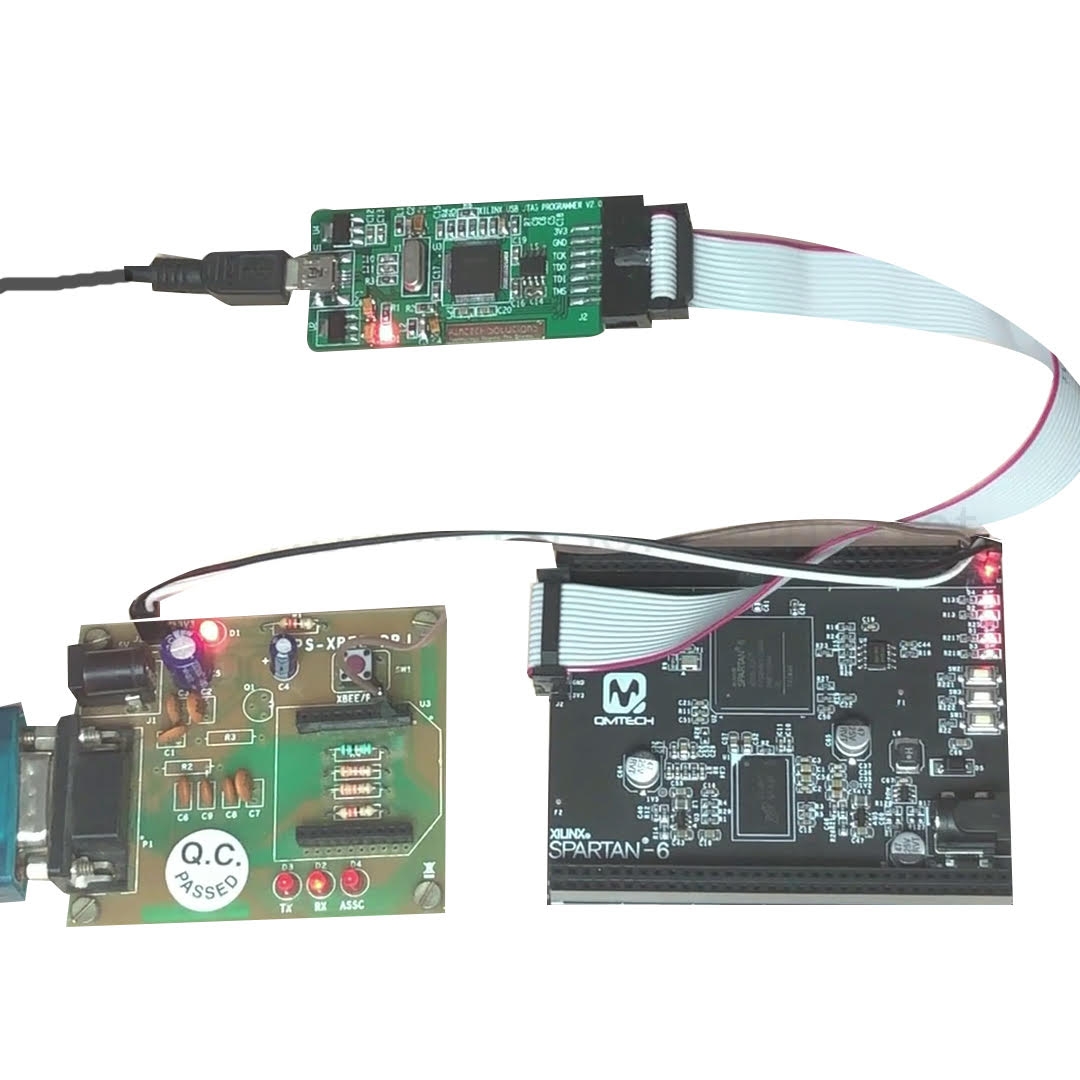
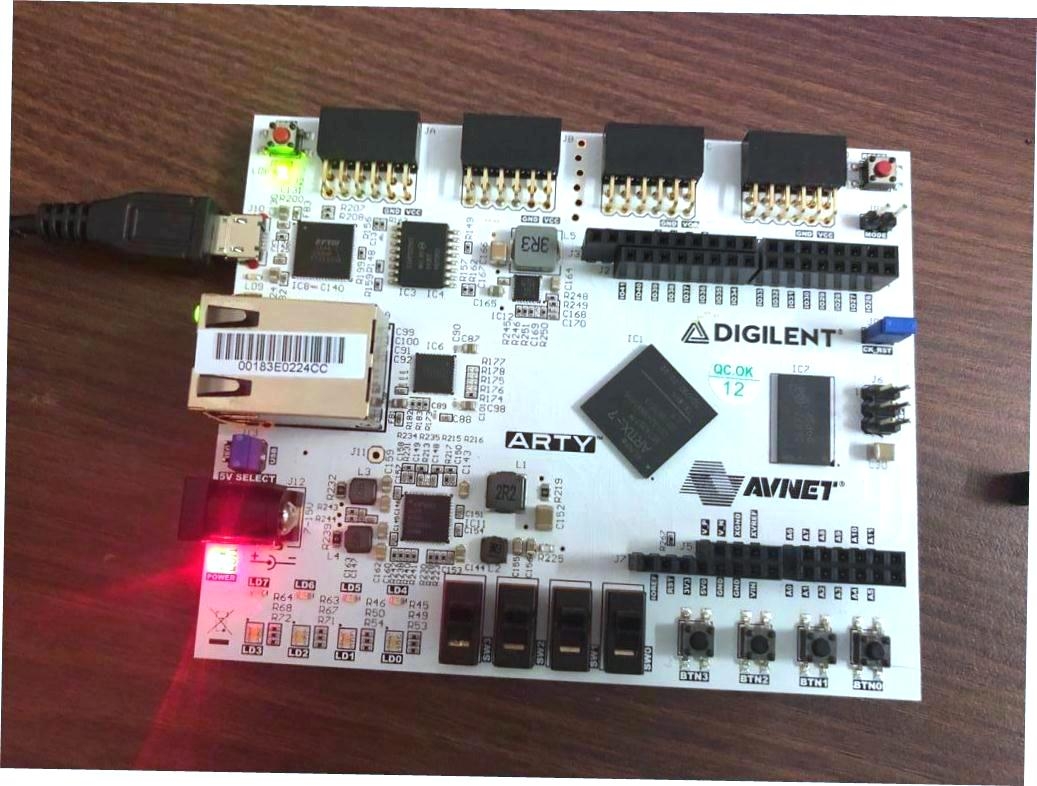
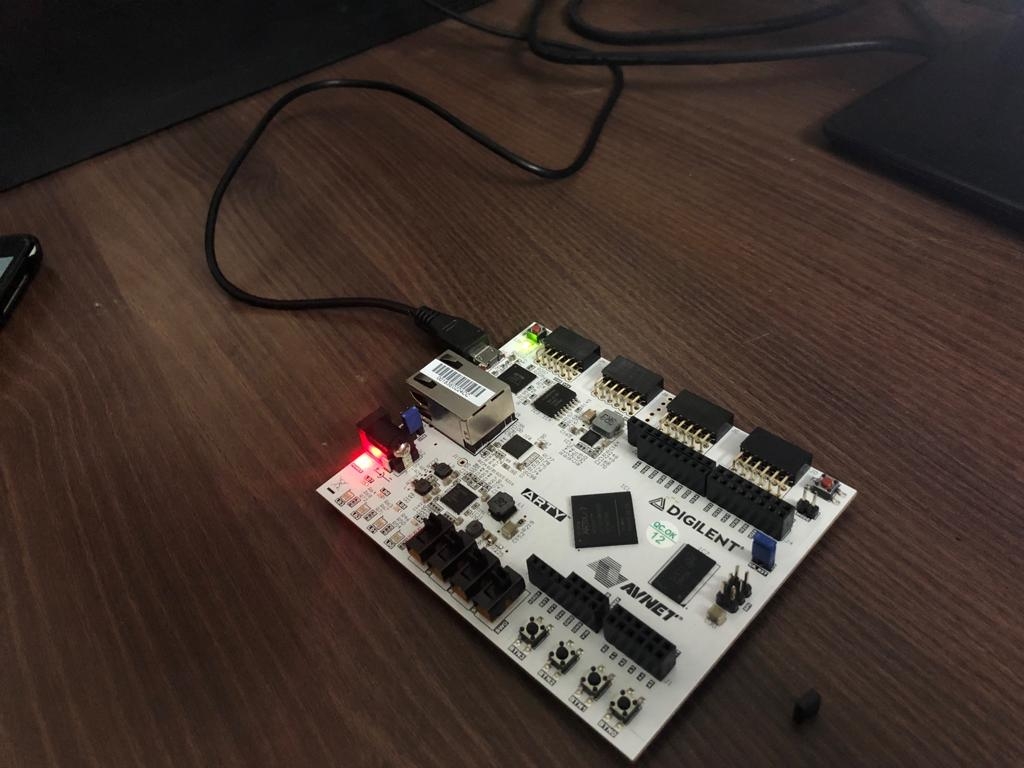
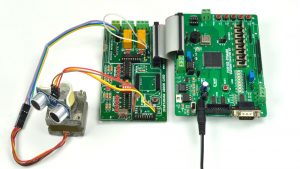
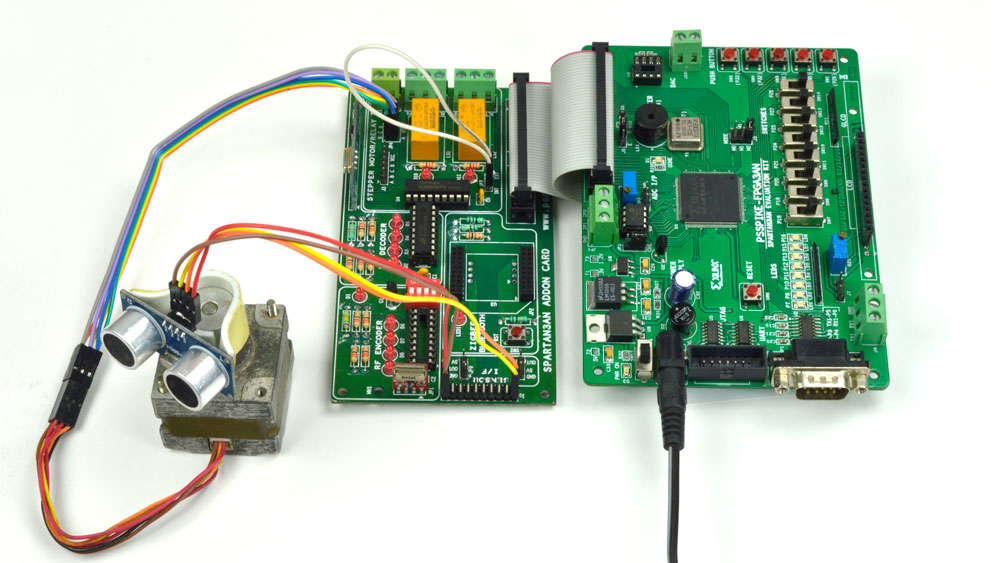
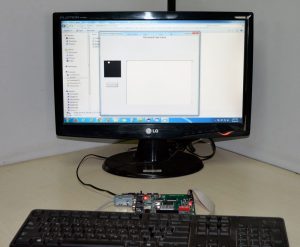


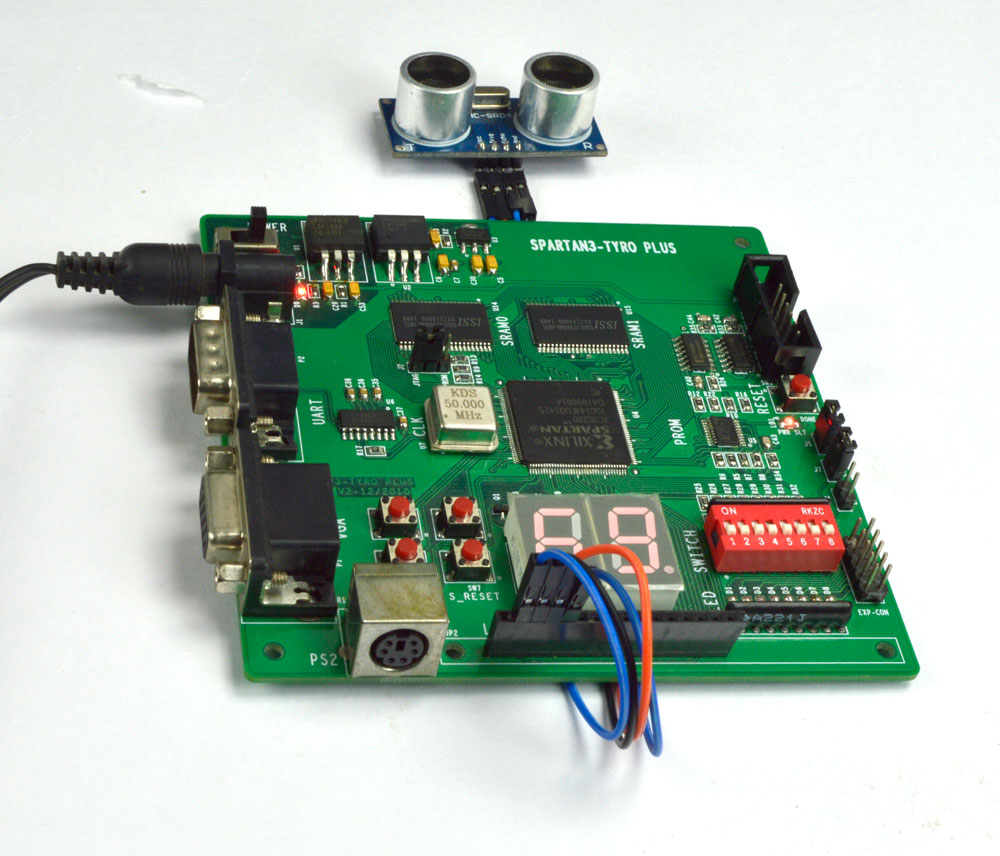
Reviews
There are no reviews yet.